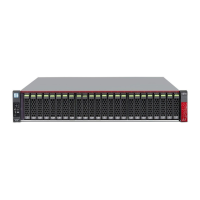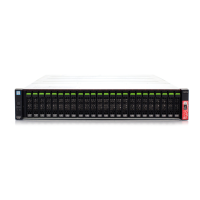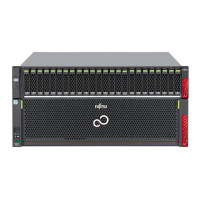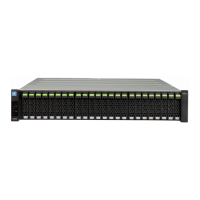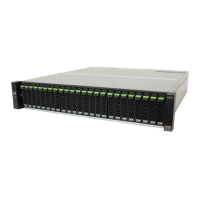Installing and cabling disk shelves with IOM12 modules for a
new system installation
If your new system—HA pair or single-controller configuration—did not come installed in a cabinet, you must
install and cable the disk shelves in a rack.
Requirements for installing and cabling disk shelves with IOM12 modules for a
new system installation
You must meet certain requirements before installing and cabling the disk shelves.
• Disk shelves and controllers must not be powered on at this time.
• If you are using mini-SAS HD SAS optical cables, you must have met the rules in the “Mini-SAS HD SAS
optical cable rules” section.
• You must have the “Installation and Setup Instructions” (ISI) that came with your new system.
The ISI addresses system setup and configuration for your new system. You use the ISI in conjunction with
this procedure to install and cable the disk shelves.
ISIs are also available on the Fujitsu Support Site.
ETERNUS AX and ETERNUS HX Documentation Center
Considerations for installing and cabling disk shelves with IOM12 modules for a
new system installation
You should familiarize yourself with aspects and best practices about this procedure before installing and
cabling the disk shelves.
General considerations
• Disk shelves with IOM12 modules are shipped with shelf IDs preset to 00.
Note: If you have an HA pair with at least two stacks, the disk shelf containing the root aggregates for the
second stack has the shelf ID preset to 10.
You must set shelf IDs so they are unique within the HA pair or single-controller configuration. You can
manually set shelf IDs or have shelf IDs automatically assigned for all disk shelves in the HA pair or single-
controller configuration using a command in maintenance mode. Instructions for both methods are
provided.
• Disk shelves containing the root aggregates can be identified by the labels on the disk shelf box and disk
shelf chassis.
The labels show the stack number; for example, “Loop or Stack #: 1 ” and “Loop or Stack #: 2 ”. Disk shelves
that do not contain the root aggregates only show the disk shelf serial number is on the labels.
• If at system setup and configuration, you do not configure the system to use automatic disk ownership
assignment, you need to manually assign disk ownership.
• In-band Alternate Control Path (ACP) is automatically enabled.
In-band ACP is not supported on single-path HA or single-path configurations.
Best practice considerations
• The best practice is to have the current version of the Disk Qualification Package (DQP) installed.
Having the current version of the DQP installed allows your system to recognize and utilize newly qualified
disk drives; therefore, avoiding system event messages about having non-current disk drive information.
You also avoid the possible prevention of disk partitioning because disk drives are not recognized. The DQP
also notifies you of non-current disk drive firmware.
3
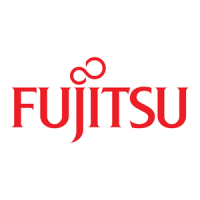
